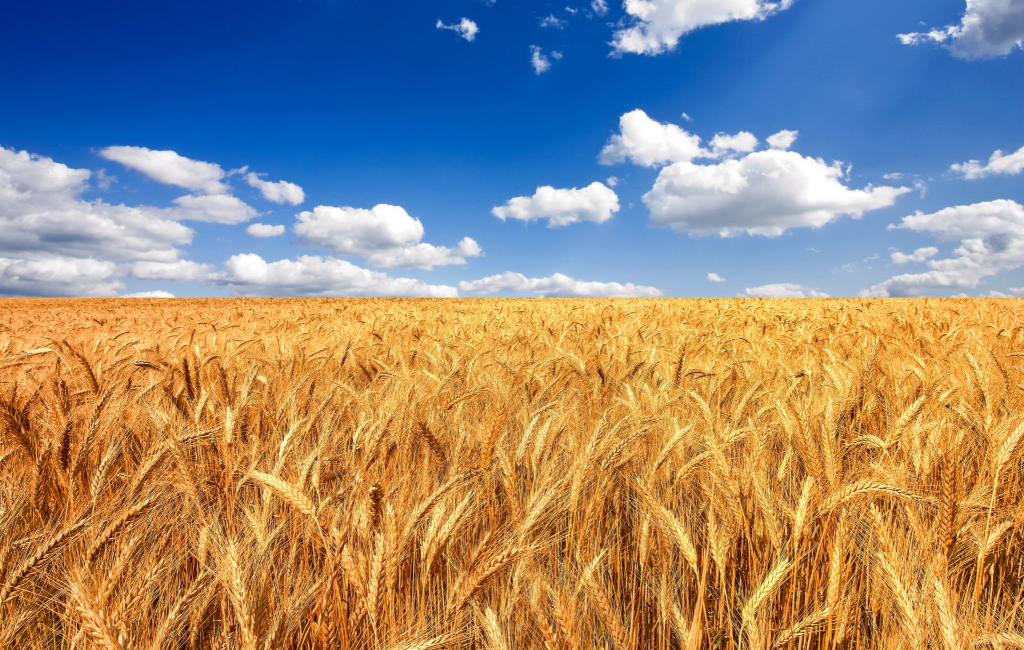Kansas Wheat Farmers Struggle Amid Severe Droughts
By Hira Waheed
22 May 2023
Amid severe droughts in Wichita, Kansas, a surprising sight can be observed: wheat farmers resorting to destroying their own crops. Kansas is renowned for being the top producer of baking wheat in the United States and the fifth largest wheat exporter worldwide. However, due to the harsh conditions, wheat fields are being abandoned, destroyed, or repurposed as grazing pastures.

Dealing with the Drought
Facing the devastating effects of drought and extreme cold snaps, many farmers are opting for insurance claims rather than attempting to harvest their damaged crops. Harvesting would be both costly and futile, making insurance claims the more economically viable option.
Dire Statistics
According to a report by the United States Department of Agriculture, an estimated 19% of all Kansas wheat fields will be discarded before harvest. Nationally, the figure is even higher, with 33% of the wheat harvest not expected to reach the market. The Wall Street Journal highlights that out of the 37.5 million acres of soft and hard red wheat planted in the U.S. in 2023, only 25.3 million acres have yielded wheat worth harvesting. This year, Kansas may produce a record low of 191.4 million bushels of wheat, with some experts suggesting it could be as low as 178 million bushels.
Far-Reaching Consequences
The consequences of this dismal wheat harvest extend beyond the farmers themselves. Local farm towns experience economic setbacks, as grain processors are forced to seek business elsewhere and seasonal workers, who contribute to local businesses, are absent. Even the Kansas State University's College of Agriculture may face financial strain, with the Kansas Wheat Commission unable to fulfill its usual $1 million annual donation. Additionally, consumers can expect rising prices for flour at supermarkets as a result.
Uncertain Future
While the current situation appears bleak, it's crucial to note that the crops are still weeks away from harvest, leaving room for potential changes in the crop yield, whether positive or negative. The full impact of this wheat harvest remains to be seen as time progresses.
You Might Also Want To Read This
Popular Posts






